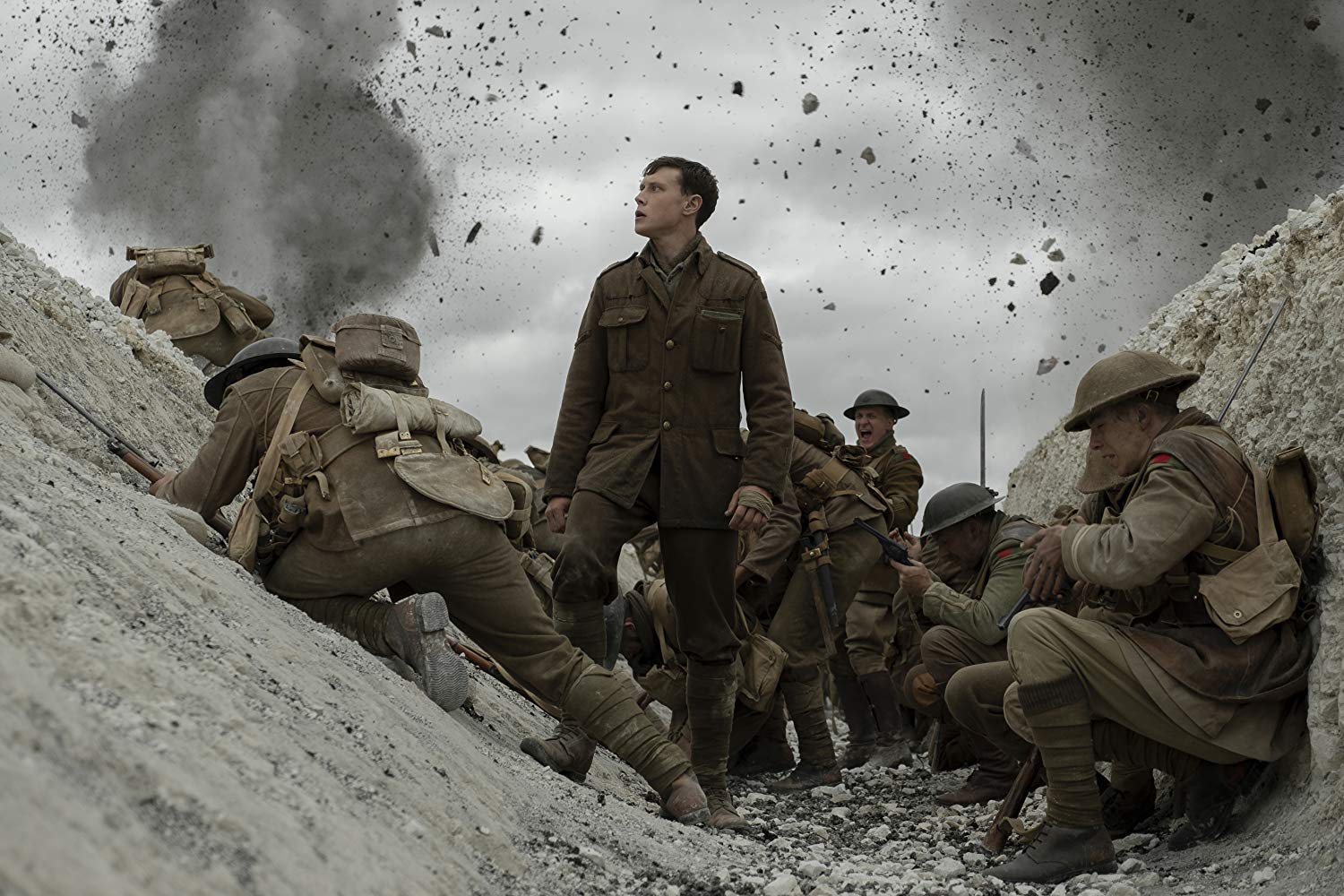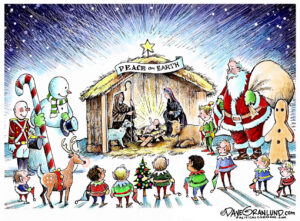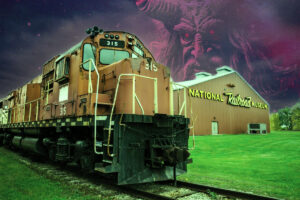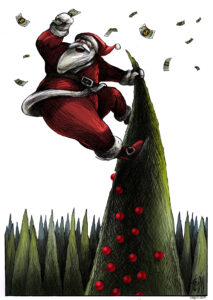‘1917’ Is a Cinematic Trip Through Hell
Director Sam Mendes renders a memorable World War I mission in one gob-smacking edit. George MacKay in Sam Mendes' "1917." (Francois Duhamel / Universal Pictures)
George MacKay in Sam Mendes' "1917." (Francois Duhamel / Universal Pictures)
In the spring of 1917, in the days following Operation Alberich, a strategic withdrawal by the German army to the heavily fortified Hindenburg Line dividing the French countryside, two soldiers are dispatched with a warning. They have only 24 hours to deliver orders to the Second Battalion, 1,600 strong, to cancel attack plans that unwittingly play into a German plot. This tale, reportedly told to filmmaker Sam Mendes by his paternal grandfather who fought in World War I, is the basis for his captivating cinematic reimagining, “1917.”
A bucolic field is bordered by forest, copses and meadows in between as the camera pulls back to reveal a soldier sitting foreground, Lance Corporal Schofield (George MacKay). As the camera pulls further back, we find Schofield is with his comrade, Lance Corporal Blake (Dean-Charles Chapman). When they are summoned by their superiors, the camera recedes even further to reveal that they are not alone. Instead, they are sitting on the perimeter of a sprawling British army unit dug into the landscape in a maze of battle-worn trenches.
With the camera leading and trailing and looping around them, Mendes and his army of artists and actors populate the trenches with soldiers doing everything from sleeping to sharing a cigarette, singing, cooking, fighting, yelling and eating. The two lads enter a bunker and are given orders by General Erinmore (Colin Firth), who adds that Blake’s brother is among the soldiers at risk of falling into the German trap.
Periodically pursued through the decades, the one-take movie is a filmmaker’s coveted conundrum. Its first notable appearance is the 1948 Hitchcock classic, “Rope,” in which James Stewart solves a murder based on the Leopold and Loeb case of the 1920s. The effect of a single take employs edits hidden in moments where the screen is blackened or otherwise obscured. When digital photography entered the lexicon, it accommodated longer takes than the 11-minute running time of a 1,000 foot film load. The first feature-length film done in a single take without hidden edits is 2002’s “Russian Ark,” shot on location in the Hermitage Museum, the former Winter Palace in St. Petersburg, Russia.
Editing is the filmmaker’s principal tool to govern pacing. In “1917,” to compensate for its lack, Mendes cleverly directs his actors to increase the speed of their gait, which translates into greater urgency, augmented by the two figures’ frequent change of position in relation to the camera. Dialog comes faster, off-camera space is employed to suggest mortal danger, and yes, despite the fact that we are over 10 minutes into the movie without a single edit, the intensity escalates.
Mendes made his name as a stage director, winning back-to-back Olivier Awards in 1995-56 for his West End revivals of “The Glass Menagerie” and “Company.” A Tony nomination for “Cabaret” came the following year, leading to his film debut, “American Beauty,” which won him an Oscar and a Golden Globe Award. In it, he demonstrated a dramaturg’s ease with his outstanding cast, including Annette Bening and Kevin Spacey, who won an Oscar for his work.
While there was little doubt he could work with actors, it wasn’t until he directed the James Bond classic “Skyfall” in 2012 that Mendes proved beyond doubt he had mastered the visual component of filmmaking. Here, he reteams with that film’s creatives, Oscar-winning cinematographer Roger Deakins and production designer Dennis Gassner, whose muddy craters with soldiers’ remains worn into the walls are as eerie as his graveyard of cannons self-sabotaged by Germans in their retreat. A denuded cherry orchard in blossom and the ghostly ruins of a bombarded village are just some of the breathtaking warscapes traversed by Blake and Schofield on their way to deliver their message.
In what is essentially a two-hander, Chapman and MacKay acquit themselves well with a screenplay that hamstrings their performances and likewise the entire, glorious endeavor. Written by Mendes and Krysty Wilson-Cairns, best known for T.V.’s “Penny Dreadful,” “1917” doesn’t go anywhere. Naturalistic dialogue is mostly about nothing extraordinary—an argument over whether they should rest or continue, or reminiscences of home. Both actors are given ample opportunity to display their craft during one particular mortal moment which, with a lesser cast and director, might have been rendered hopelessly maudlin.
In the end, having fulfilled his mission, Schofield sits by a tree, as he did at the film’s beginning, and gazes out on the countryside. Yes, he has grown through the process, but if there is a point to “1917,” it’s difficult to discern, which doesn’t make it a bad or unenjoyable movie. It is an unusual epic told in a unique way that manages to engage even as it struggles to become more than just a cinematic exercise.
Your support matters…Independent journalism is under threat and overshadowed by heavily funded mainstream media.
You can help level the playing field. Become a member.
Your tax-deductible contribution keeps us digging beneath the headlines to give you thought-provoking, investigative reporting and analysis that unearths what's really happening- without compromise.
Give today to support our courageous, independent journalists.






You need to be a supporter to comment.
There are currently no responses to this article.
Be the first to respond.